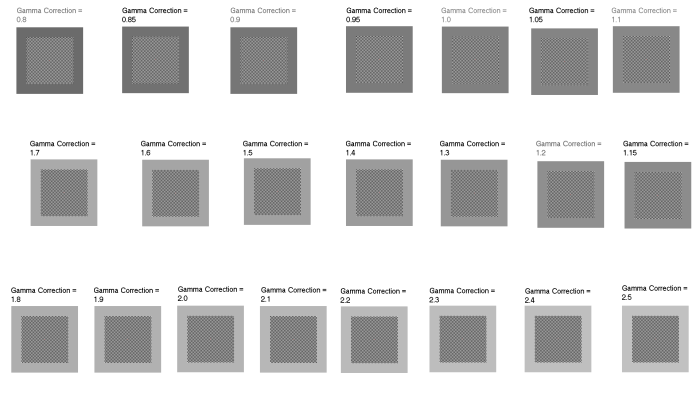What is gamma on a TV? It’s a crucial aspect of TV display technology that significantly impacts image quality. Let’s dive into the fascinating world of gamma and explore its role in enhancing your viewing experience.
Gamma plays a pivotal role in adjusting image brightness and contrast, affecting how you perceive colors and details on your TV screen. It’s like the secret ingredient that brings life to your favorite movies, TV shows, and games.
What is Gamma on a TV?

Gamma is a critical aspect of TV display technology that significantly influences image quality. It determines the relationship between the input signal and the corresponding output brightness of a TV.
Adjusting gamma allows users to control the overall brightness and contrast of the image, affecting its overall appearance and realism.
Types of Gamma Curves
- Linear Gamma:A straight line where input and output values have a proportional relationship, resulting in a uniform brightness distribution.
- Power-Law Gamma:A curved line where the relationship between input and output values is nonlinear, producing a wider dynamic range and more detail in darker areas.
Calibrating Gamma Settings, What is gamma on a tv
Proper gamma calibration is crucial for optimal image quality. It involves adjusting the gamma value to ensure that the image accurately represents the original source material.
- Use a calibration disc or software to generate test patterns.
- Adjust the gamma setting until the test patterns appear with the desired brightness and contrast.
- Check the image in different scenes to ensure consistency.
Gamma’s Impact on Image Quality
Gamma affects various aspects of image quality, including:
- Brightness:Gamma controls the overall brightness of the image.
- Contrast:Gamma affects the difference between the brightest and darkest areas of the image.
- Color Accuracy:Gamma influences the accuracy of colors displayed on the screen.
Troubleshooting Gamma Issues
- Washed-out Image:Gamma may be too low, resulting in an overly bright image with reduced contrast.
- Dark Image:Gamma may be too high, causing an overly dark image with reduced detail in dark areas.
- Inconsistent Gamma:Different input sources may have different gamma settings, leading to inconsistent image appearance.
Questions Often Asked
What is the optimal gamma setting for a TV?
The optimal gamma setting varies depending on the TV model and personal preferences. Generally, a gamma value between 2.2 and 2.4 is considered ideal for most content.
How do I calibrate the gamma on my TV?
Gamma calibration involves adjusting the brightness and contrast settings on your TV using a calibration disc or software. It’s recommended to seek professional assistance for accurate calibration.



